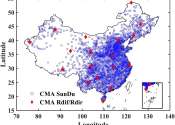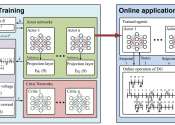Advancing performance assessment of a spectral beam splitting hybrid PV/T system with water-based SiO₂ nanofluid
As the globe grapples with the urgent need to shift from fossil fuels to sustainable energy sources, solar power stands as a beacon of hope. However, a significant challenge has been to efficiently capture and utilize the ...
Apr 18, 2024
0
1









